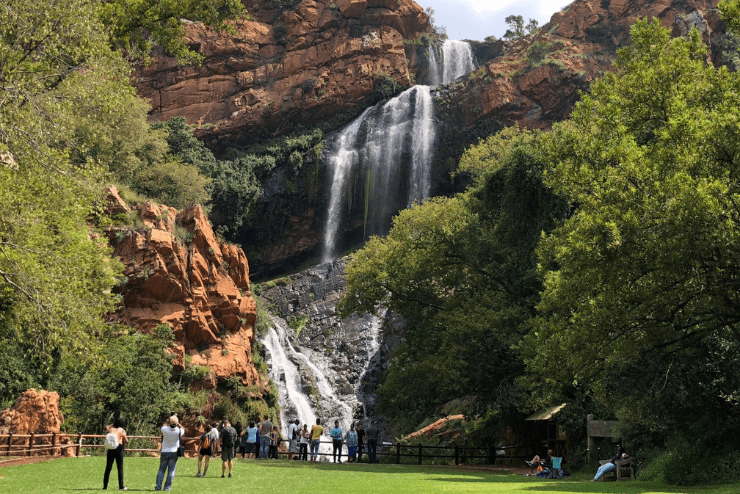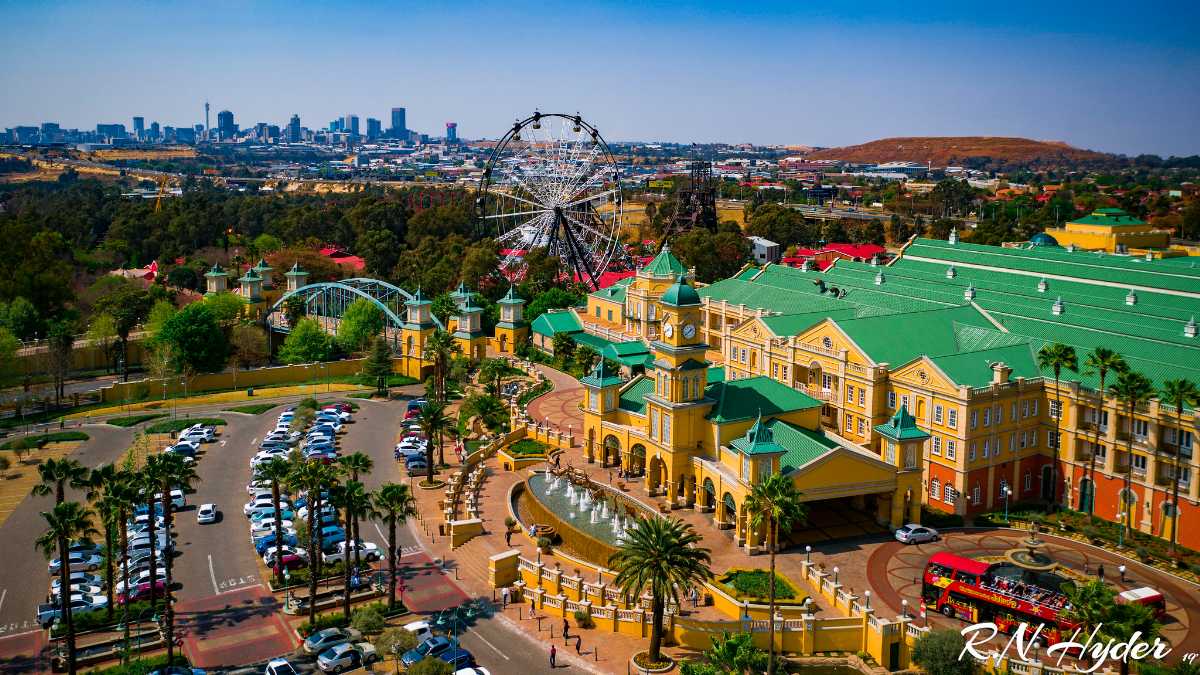The Greatest Guide To Johannesburg North Attractions
The Greatest Guide To Johannesburg North Attractions
Blog Article
The Main Principles Of Johannesburg North Attractions
Table of ContentsSome Ideas on Johannesburg North Attractions You Need To KnowSee This Report about Johannesburg North AttractionsExcitement About Johannesburg North AttractionsIndicators on Johannesburg North Attractions You Should KnowJohannesburg North Attractions for DummiesThe Main Principles Of Johannesburg North Attractions
The city owes its place to the visibility of a a lot more priceless source: gold. The city expanded on the side of the Witwatersrand Main Coral reef, a subterranean stratum of gold-bearing quartz-silica corporation that arcs for thousands of miles underneath the Highveld. Most of the gold mines in the city discontinued procedure in the 1970s, yet in its day the Witwatersrand gold industry accounted for greater than 40 percent of the world's yearly gold manufacturing.Johannesburg has a warm climate. Summer season temperatures average concerning 75 F (24 C); winter temperatures average concerning 55 F (13 C) and just occasionally dip below freezing. The city enjoys about eight hours of sunshine daily in both wintertime and summertime. Rainfall averages about 28 inches (700 millimetres) per year, however the overall varies considerably from year to year.
What rainfall the city receives drops practically solely in the summertime months, commonly in magnificent late-afternoon electrical tornados., where several residents still count on coal for gas.

A Biased View of Johannesburg North Attractions
The equilibrium of the city is occupied by whites. Accommodation varies in personality and top quality.
Physical development, although rather restricted by transportation, continued rapidly as migration to South Africa, and Johannesburg in specific, increased drastically.
A lot of inadequate residential areas were blended, with bad blacks and whites living with each other, although the well-off suburban areas were usually reserved for whites.
The previous system of eleven numbered areas was reorganised in 2006. Marshalltown, as seen from the top of the Carlton Centre. The M1 and M2 run behind the structures, and the southern suburban areas expand past the highway boundary. The inner city of Johannesburg is situated within the city's Area F. The estimated populace of the region is 200,000, [] but the number of individuals living in the inner city on an informal basis is unknown, as numerous are illegal aliens. The majority of higher-income locals and white people have moved to the north residential areas and have been changed by lower-income black individuals. The joblessness, education and learning, and age profiles of the location are all unknown, due to the problem of obtaining trusted information concerning the location.
The Buzz on Johannesburg North Attractions
Centred i was reading this on the CBD, the region includes the suburban areas of Yeoville, Bellevue, Troyeville, Jeppestown, and Berea to the eastern. To the west it infects Pageview (Johannesburg North attractions) and Fordsburg. There are tiny enterprise zones to the south, such as City West-Denver and Benrose. Around 800,000 commuters travel through the central city everyday, and it operates as a regional buying visite site node for visitors from the southerly residential areas. Yeoville and Bellevue have a mix of apartment and solitary domestic systems on tiny lots. The area is located on a hilly divide that runs from east to west. One of the most conspicuous geographic feature is Observatory Ridge, which is named for the huge observatory situated on it. The leisure spaces are no longer utilized, as a result of protection problems.

Get This Report on Johannesburg North Attractions
R. Tambo International Airport). The eastern residential areas are a few of the oldest areas of Johannesburg, there are large communities of Jewish and various other European backgrounds, most of the population is English talking. There are 3 golf programs in addition to a number of secured ridges with viewsites. There are a number of well-developed and up-market amusement and shopping areas in the eastern such as the Eastgate Shopping Center and the Greenstone shopping center.
Originally built to house male migrant employees, several have been boosted as houses for pairs and family members. The suburb was not historically allowed to develop employment centres within the location, so practically all of its locals are travelers to various other components of the city.
Little Known Facts About Johannesburg North Attractions.
The N1 Western Bypass connects the north residential areas with the north-western suburban areas. The household locations in the north suburban areas are generally formal, without any substantial locations of informal housing, or housing that lacks an irreversible framework. Although this is a well-known location, there is a trend of land use modification from household to industrial, specifically along main arterial roadways and around well established nodes.
Roads to the eastern and west are less well established, as there are no freeways taking a trip in that instructions. Towards the northern border of the city, the thickness of advancement decreases, leaving big areas of primitive land around Midrand.
See This Report about Johannesburg North Attractions
The initial suburb to the north of the central city is Parktown, which lies on a hillside overlooking the internal city and Hillbrow. It has numerous affluent homeowners and Edwardian-style estates, as well as the Education and learning and Medical schools of the University of the Witwatersrand. The click to investigate huge concrete Charlotte Maxeke Johannesburg Academic Healthcare Facility controls the horizon of Parktown.
Report this page